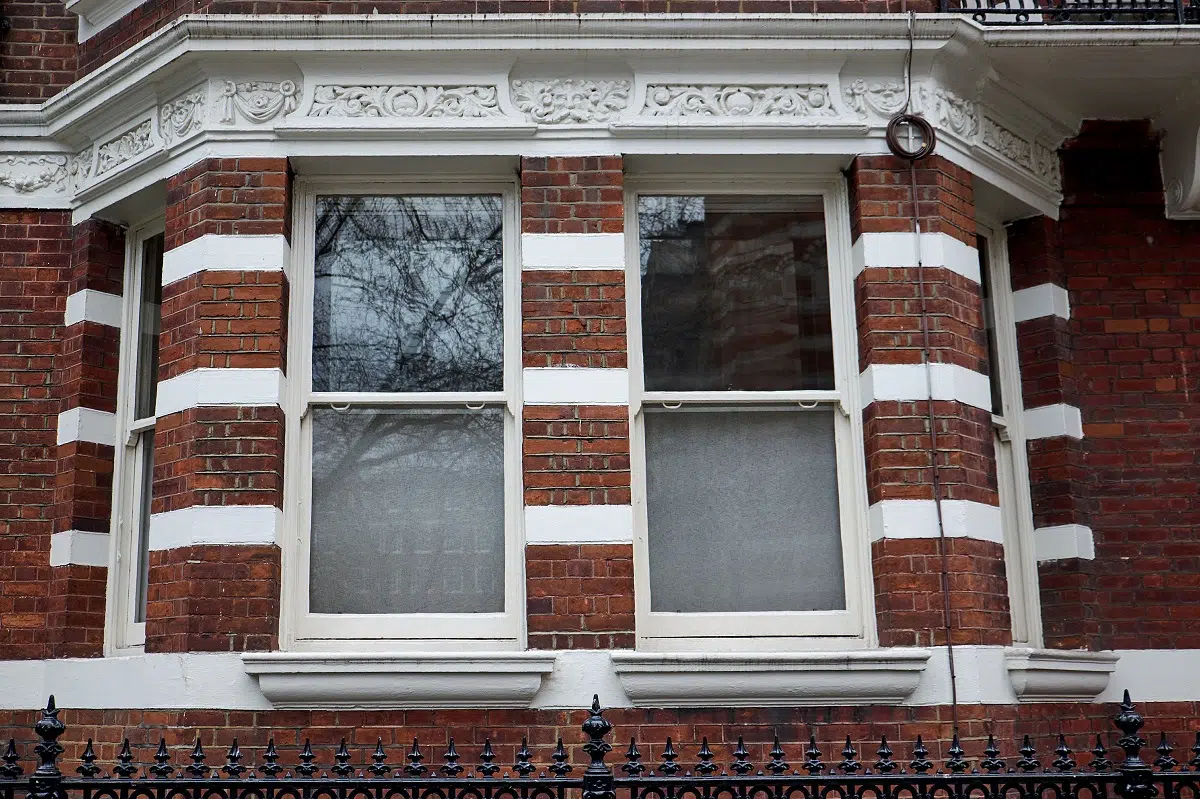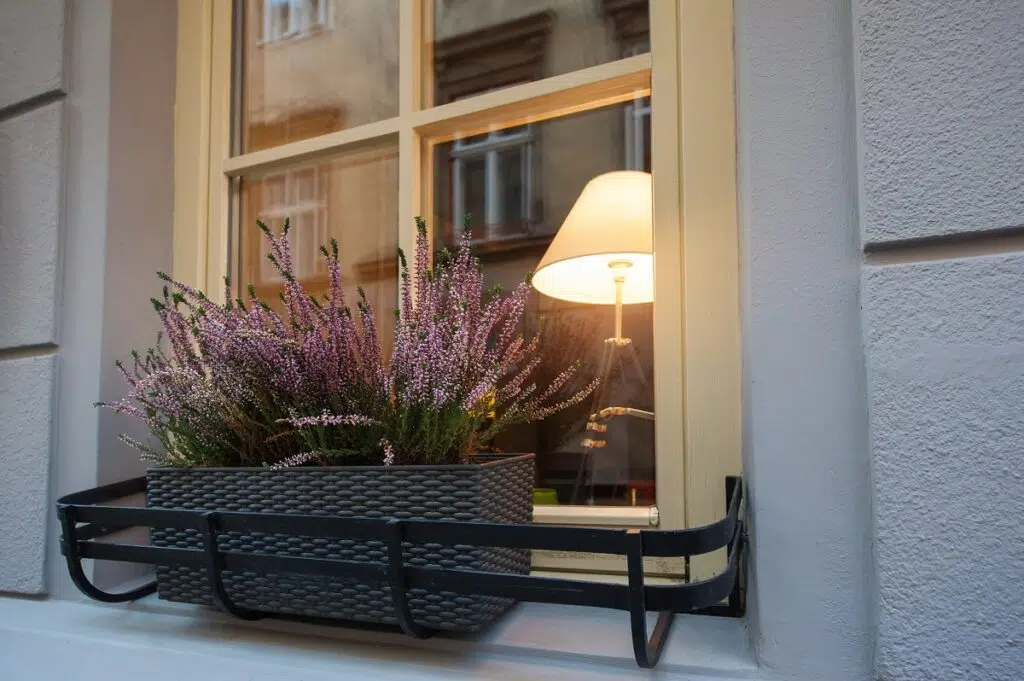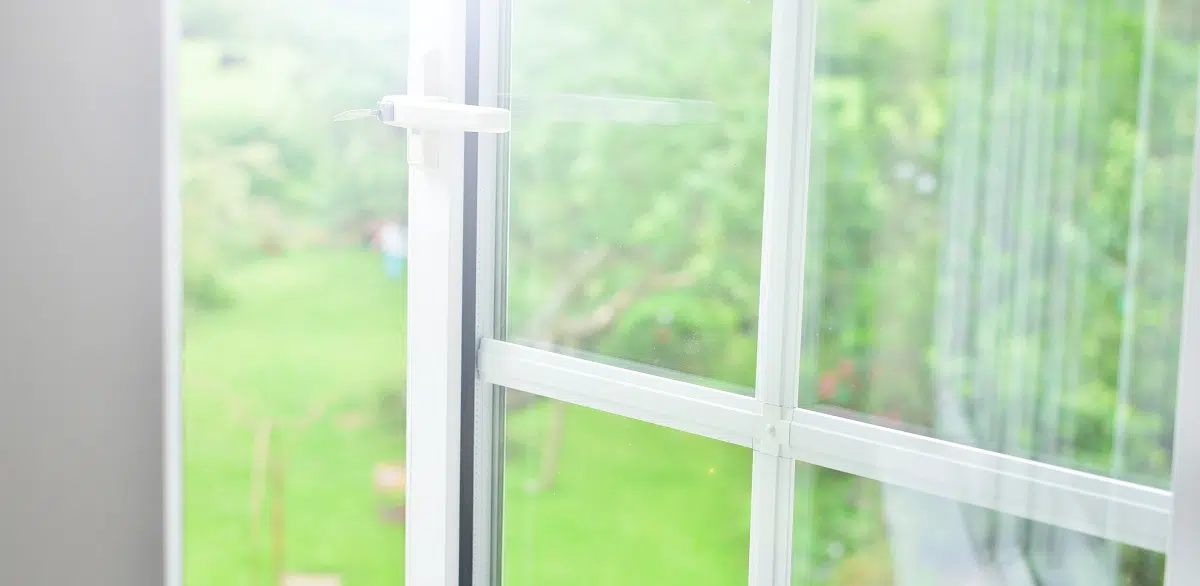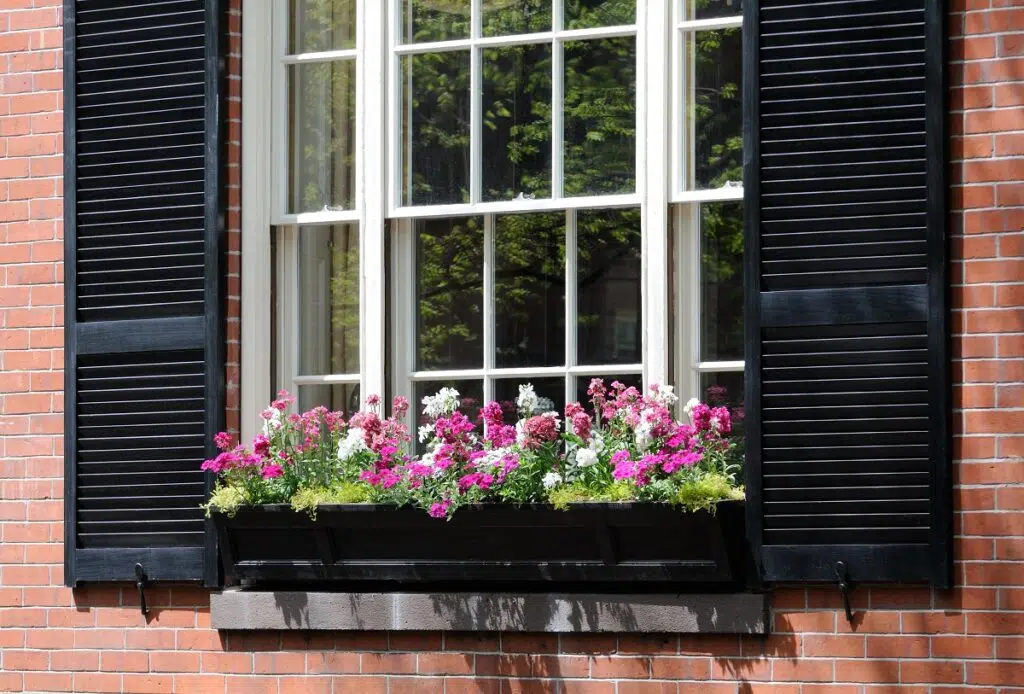If you’re considering new windows for your home, you may be wondering what the difference is between casement windows and sash windows. Both styles have their own unique benefits that may make them a better fit for your needs. This guide will help you understand the key differences between these two types of windows so that you can make an informed decision about which is right for your home.
There are a few key differences between casement and sash windows that you should be aware of before making a decision for your home. Casement windows are generally more energy-efficient due to their sealant properties, while sash windows tend to be more aesthetically pleasing. Ultimately, the right type of window for your home depends on your specific needs and preferences.
What are casement windows?
Casement windows are a type of window that is attached to its frame by one or more hinges. They are typically used in pairs, with one window opening inwards and the other opening outwards. Casement windows are a popular choice for homes and businesses because they are easy to open and close, and they provide good ventilation.

What are sash windows?
Sash windows are made up of two panels, called sashes, that slide vertically or horizontally to open. They are a great option for rooms that don’t get a lot of sunlight since you can open them up from the top or bottom to let in light without letting in too much heat. Sash windows are also very energy efficient since they seal tightly when closed.
The key differences between casement and sash windows
Casement windows are attached to the frame by one or more hinges, while sash windows are held in place by weights and cords. Casement windows can be opened fully, while sash windows can only be opened partially. Casement windows have a single pane of glass, while sash windows have two panes of glass.
The benefits of casement windows
Casement windows are one of the most popular types of windows on the market today. They are easy to operate and provide a great view. Casement windows are also very energy efficient, which is a major selling point for many homeowners.
One downside of casement windows is that they can be difficult to clean since you can’t reach the outside surface from the inside. You’ll need to use a ladder or some other type of scaffolding to clean the exterior of these windows.
The benefits of sash windows
There are many benefits of sash windows that make them a popular choice for homeowners. One benefit is that they are very energy efficient. Sash windows are designed to seal tightly when closed, which helps to keep your home warm in the winter and cool in the summer. This can help you save money on your energy bills.

Another benefit of sash windows is that they are very easy to clean. The sashes slide open, so you can easily reach the outside of the window to clean it. You don’t have to worry about climbing a ladder or hiring someone to clean your windows for you.
Sash windows also add a lot of character to your home. They are a classic window style that has been used for centuries. If you want to add some charm and history to your home, sash windows are a great option.
One downside of sash windows is that they don’t provide as much ventilation as casement windows since you can only open them partially. Additionally, sash windows can be more prone to leaks and drafts if not properly sealed.
Which type of window is right for your home?
There are two main types of windows: casement and sash. Both have their own benefits and drawbacks, so it’s important to choose the right type for your home.
Casement windows are hinged on one side and open outward. They’re a good choice for rooms that need ventilation, like kitchens and bathrooms. But because they open outward, they can be difficult to clean.
Sash windows are made up of two parts: the frame and the sash. The sash is the part that moves, and it can be opened either horizontally or vertically. Sash windows are easy to clean, but they don’t provide as much ventilation as casement windows.





